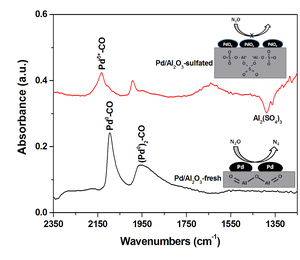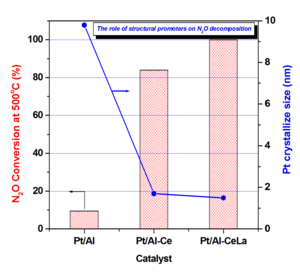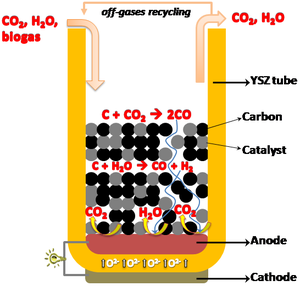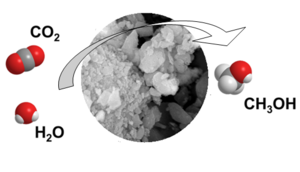Activities

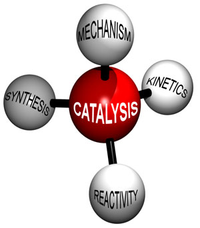
Heterogeneous Catalysis:
Synthesis, characterization and evaluation of novel catalyst formulations for environmental or energy applications. Indicative catalytic processes:
- Selective Catalytic Reduction (SCR) of NO by CO or Hydrocarbons
- Nitrous oxide (N2O) Decomposition
- Oxidation of Volatile Organic Compounds (VOCs)
- Hydrogen Production by Steam Reforming of Bio-alcohols and Hydrocarbons
- Hydrogen Production by H2S Decomposition
- Methanol Synthesis from CO2 and H2O
- Carbon Gasification
- Electro-catalysts development for direct fossil fuels fuel cells (FFFs)
Surface Analysis:
- Evaluation of surface characteristics by means of advanced characterization techniques (XPS, XAES, SEM, TEM, etc.), structure-performance relationship.
- Surface studies of heterogeneous catalytic processes by means of in situ Diffuse reflectance infrared Fourier transform spectroscopy (DRIFT).
Promotion in Catalysis:
Mode of action of structural (e.g., rare earth oxides) and surface (e.g., alkalies) promoters as well as of their synergy in heterogeneous catalytic processes, such as:
- Volatile Organic Compounds (VOCs) Abatement
- Nitrous Oxide (N2O) decomposition
- Nitrogen Oxides (NOx) reduction
- Carbon Gasification/Carbon Fuel Cells
- Steam Reforming of Bio-Alcochols and Liguid Hydrocarbons
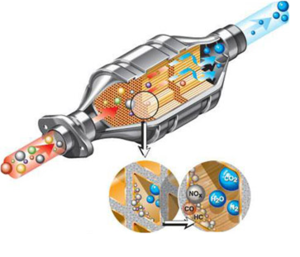
Air pollution control:
- Abatement of toxic pollutants (NOx, N2O, VOCs, etc.) from mobile and stationary sources
- Development of structured catalysts (monolithic type) for environmental applications
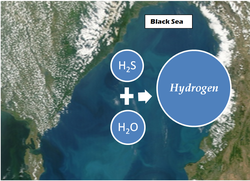
H2 Production by H2S Decomposition through Electro-catalytic Processes
- Process development
- Surface and morphological characterization of electro-catalytic composites
- Mechanistic studies
- Structure-activity correlation
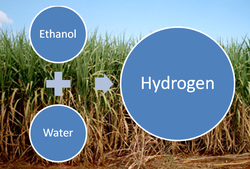
H2 production by steam reforming of hydrocarbons and bio-alcohols over novel catalyst composites
- Process development
- Surface and morphological characterization of electro-catalytic composites
- Mechanistic studies
- Structure-activity correlation

Synthesis of ceria-based nanostructured catalysts for energy and environmental applications
- Synthesis of ceria nanoparticles of different morphology (nanorods, nanocubes, nanopolyhedra, etc)
- Effect of support morphology on the solid state properties of ceria-based mixed oxides
- Effect of support structure/morphology on the metal-support interactions

